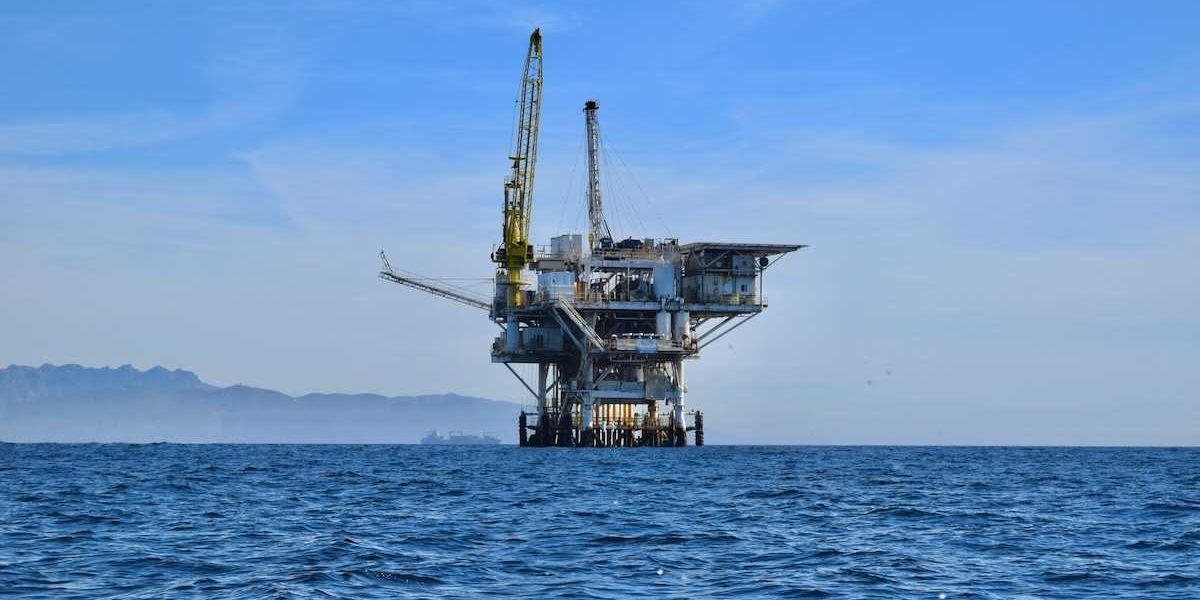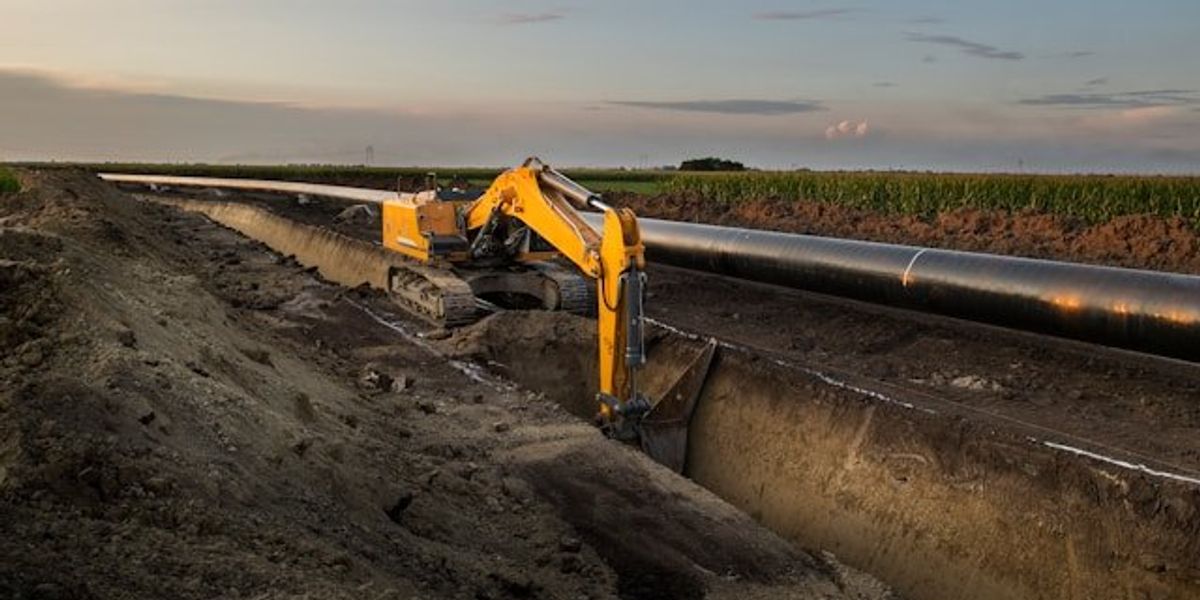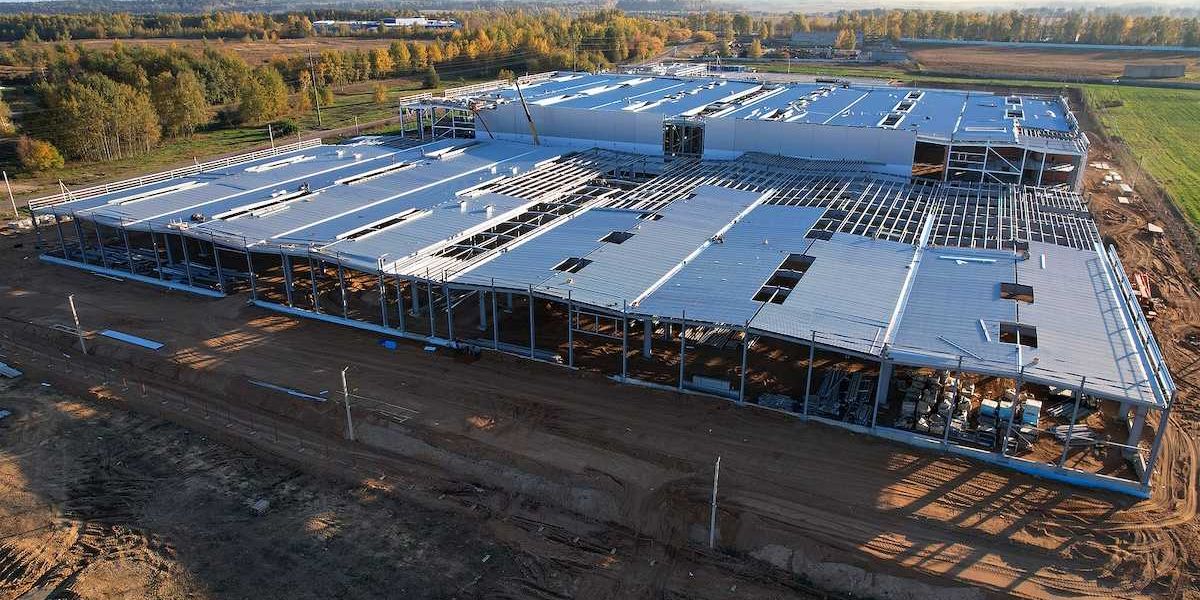Megabill triggers uncertainty for solar and wind power developers
Developers of solar and wind energy projects have just 12 months to begin construction in order to retain key federal tax credits, following the passage of a new law backed by congressional Republicans and signed by President Trump.
Jeff St. John reports for Canary Media.
In short:
- The new law shortens the timeline for solar and wind projects to qualify for federal tax credits, forcing developers to either break ground by July 2026 or risk losing billions in potential investment.
- A provision in the final bill gives developers more flexibility than earlier drafts, but industry leaders say the tightened deadline will still halt many early-stage projects and trigger a shortfall in clean energy capacity.
- Industry leaders warn of a coming slowdown in new project starts after the 12-month window closes, likely increasing electricity costs and delaying the expansion of low-carbon power sources as U.S. energy demand grows.
Key quote:
“There will still be tons of projects in that 2028 to 2031 window that get killed because visibility into economic viability fails to arrive before development expenses become uncomfortably high.”
— David Riester, founder and managing partner of Segue Sustainable Infrastructure
Why this matters:
The shift away from tax credits for wind and solar could disrupt U.S. energy markets just as demand is surging. New manufacturing, AI-driven data centers, and electrification efforts all require vast amounts of power. Solar, wind, and battery storage have driven most of the grid’s recent growth, but without stable incentives, developers may scrap projects or delay them until the market adjusts. With fossil fuel plants taking years to build and renewables now facing compressed timelines, the U.S. could see gaps in power supply, especially in regions already facing strain.
Read more: Senate passes GOP budget bill, hampering US shift to clean energy













